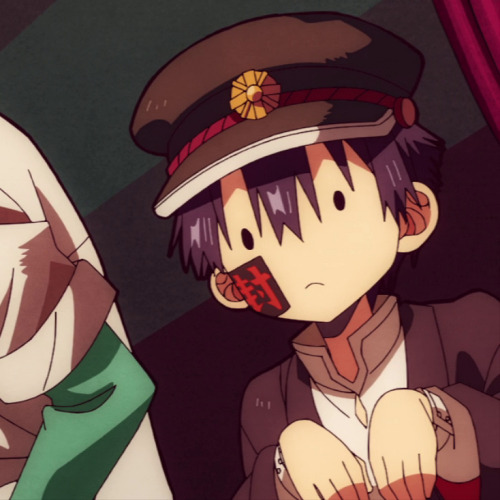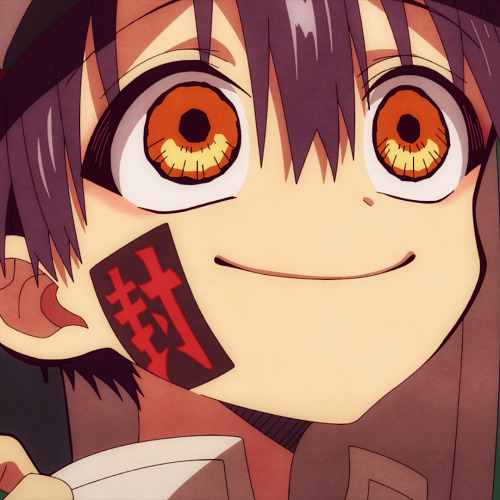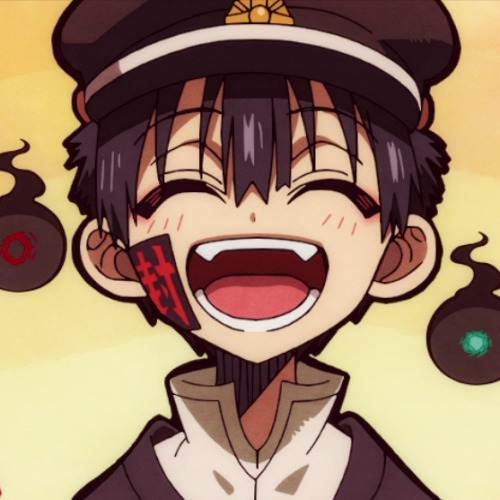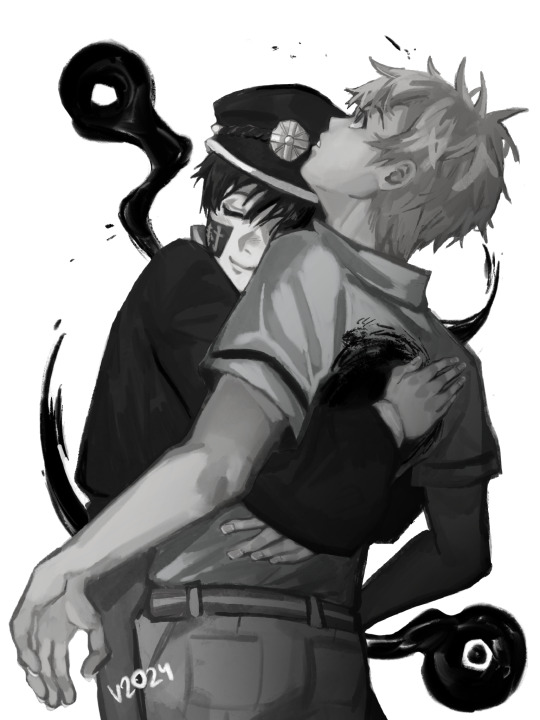#tbhk tsukasa
Explore tagged Tumblr posts
Text



I Love how this is a POV of This Scene from Chapter 108
#anime#kawaii#anime / manga#shounen#2000s anime#90s anime#animanga#toilet bound hanako kun#jibaku shounen hanako kun#jibaku shoujo hanako kun#tbhk anime#tbhk manga#tbhk spoilers#tbhk hanako#tbhk yashiro#tbhk tsukasa#tbhk akane#tbhk mirai#Tbhk clock keepers#tbhk mitsuba#tbhk kou#tbhk teru#tbhk#chapter 108#shojo romance#yashiro nene#hanako kun#tsukasa yugi#hananene#miimo96
1K notes
·
View notes
Text
if two yugis were on the moon and one killed the other with a rock would that be fucked up or what
#yashiro says this apropros of nothing during the picture perfect arc.#tbhk#my shit#she tries to catch hanako out. does it work? i think no but it does make tsukasa crack up.
3 notes
·
View notes
Text
"For No.7... The most important thing to him... What he wanted to protect... Do you know what his yorishiro is?"

"A shooting star... Amane! Did you see it?"

✨ Happy birthday to the Yugi twins! 🪻🌹
#toilet bound hanako kun#jibaku shounen hanako kun#tbhk#tbhk coloring#jshk coloring#jshk#tbhk hanako#yugi amane#yugi tsukasa#tsukasa yugi#amane yugi#yugi twins#tbhk amane#hanako kun#jshk amane#tbhk tsukasa#jshk tsukasa#tbhk manga#manga coloring
909 notes
·
View notes
Text

When you're 13 you either pass 8th grade or you become whatever Tsukasa is
#my art#art#tsukasa yugi#jshk#tbhk#toilet bound hanako kun#jibaku shounen hanako kun#tbhk fanart#tbhk tsukasa
278 notes
·
View notes
Note
There’s something about Kou having his bias challenged while also having it confirmed like yeah, Tsukasa IS like what he thought but he’s also selfless, and a kid just like him, and was once human too.
Adding to all this that he's also challenged by the fact that NO ONE is closer to his view of how things should go than Tsukasa. Which is as troublesome as it could be for Kou given what he did to the first Mitsuba and his relationship to the second. But Kou wants to twist fate and the whole world just to make the impossible possible, following the same ideals Tsukasa was presented with: "Everyone should act as they wish. And if that's enough to break the world... Maybe it's better off broken."
#Kou will either be defeated in the end or he will be as dangerous and unpredictable as Tsukasa is#lovely#tbhk#kou minamoto#tsukasa yugi
4 notes
·
View notes
Text












Jibaku Shounen Hanako-kun S2 Episode 5
#jibaku shounen hanako kun#tsukasa yugi#yugi tsukasa#toilet bound hanako kun#jshk#jshk s2#jshk spoilers#jshk tsukasa#jshkedit#tbhk#tbhk spoilers#tbhk tsukasa#anime#anime icons#anime cap#icons#screencaps#kawaii#evil baby boy-
64 notes
·
View notes
Text


Hanako looks so tired
#tbhk#toilet bound hanako kun#jshk#jibaku shounen hanako kun#amane yugi#hanako kun#aidairo#yugi twins#hanakokun#jshk spoilers#tsukasa yugi#yugi tsukasa#tbhk tsukasa#jshk tsukasa
898 notes
·
View notes
Text

i still love my dead gay son
edit cause i forgor i had a timelapse oops
#my art#toilet bound hanako kun#tbhk art#mitsuba#mitsuba sousuke#tbhk mitsuba#tsukasa yugi#tbhk tsukasa
395 notes
·
View notes
Text

when I get home, ill write a letter to kou-kun and nene-chan
#tbhk#jshk manga#jshk#tsukasa yugi#kou minamoto#toilet bound hanako kun#jibaku shounen hanako kun#illustration#tbhk tsukasa#tbhk kou#they are the same character.do u see the vision
362 notes
·
View notes
Text

#toilet bound hanako kun#tbhk amane#tbhk tsukasa#tbhk hanako#tbhk#amane yugi#tsukasa yugi#jibaku shounen hanako kun#jshk#jshk hanako#jshk tsukasa#jshk amane
223 notes
·
View notes
Text

What is Aidairo Cooking that they had the NERVE to make a cover like this ^^;
#anime#kawaii#90s anime#2000s anime#anime / manga#shounen#animanga#toilet bound hanako kun#jibaku shounen hanako kun#jibaku shoujo hanako kun#tbhk#tbhk spoilers#tbhk manga#tbhk hanako#tbhk nene#tbhk kou#tbhk mitsuba#tbhk tsukasa#hanako kun#yashiro nene#kou minamoto#mitsuba sousuke#tsukasa yugi#aidairo#miimo96
204 notes
·
View notes
Text


25/11
#tbhk#jshk#fanart#artwork#yugi amane#amane yugi#yugi tsukasa#tsukasa yugi#yugi twins#hanako kun#tbhk tsukasa#my art#ruffled art
230 notes
·
View notes
Text


Picture perfect Amane and Tsukasa coloring 🌆⭐
#toilet bound hanako kun#jibaku shounen hanako kun#tbhk coloring#tbhk#jshk#jshk coloring#tbhk hanako#yugi amane#tbhk tsukasa#tsukasa yugi#yugi twins#yugi tsukasa#tbhk amane#amane yugi#jshk amane#jshk tsukasa#hanako kun
340 notes
·
View notes
Text


Oh, right. It's their birthday today.
#happy birthday to the yugi twins!!#toilet bound hanako kun#jibaku shounen hanako kun#tbhk#jshk#tbhk hanako#hanako kun#amane yugi#yugi amane#tbhk tsukasa#tsukasa yugi#yugi tsukasa#yugi twins
151 notes
·
View notes
Text

don't you want to get stronger?
+ timelapse under cut
i was SO indecisive on what I wanted to do here lmao i will one day fully clean this up though i think it deserves it
#myart#fanart#tbhk#tbhk fanart#toilet bound hanako kun fanart#toilet bound hanako kun#tbhk tsukasa#tbhk mitsuba#yugi tsukasa#sousuke mitsuba#tsukasa yugi#mitsuba sousuke#toilet bound hanako kun mitsuba#toilet bound hanako kun tsukasa#jshk#jibaku shounen hanako kun#jshk tsukasa#jshk mitsuba
152 notes
·
View notes
Text
Ok....I usually don't make posts like this but I feel like I need to spread the word on this in case people are unaware like I was bc I would want someone to tell me if I was moots with someone bad so I'm making a post about this-

This is about a user on here (Kikiwiwiz...) and I'm absolutely disgusted...
I don't see any defensive they could have for this but it's not looking good at all-
I'm making this known bc they've been in a good amount of my moots reblogs and seems even friends with some of them- in case yall don't know about this please follow the link and read it all.
If yall ARE aware of this and are the same or engaging In this as well BLOCK ME IMMEDIATELY ^^
I'm sorry if rebloging there posts gave people the wrong idea I absolutely had no idea about any of this and I'm so glad my friend told me when they saw this bc I'm absolutely disgusted-
I feel sick reading this and I was just completely shocked-
So please spread the word about this and if any of yall have any new information about this or something I don't know please reblog with the information!!! Also please show evidence of any clames you make- word against word will not get anyone anywhere and it will just lead to side chosing- please if you have any new information about this have evidence to back your claims!
Anyway I just thought I should make a post about this bc I actually feel so sick rn...it's so disgusting and I just can't- 😭😭
And in case yall didn't know either FAIRYMINAMOTO IS ALSO A MINAMOTO BRO SHIPPER.
I found out a bit ago (like maybe a month or two- maybe three??) And I fr crashed out bc they rebloged a post of mine AND a friend's art-
I wasn't sure if I should post about that either but IM TELLING YALL NOW!!!!!!!!
And PLS if ANYONE knows of any other people like this (like proshippers ect) PLS LET PEOPLE KNOW IN THE REBLOGS OK!!!!!!!!!!!
Anyway I love yall ok stay safe out there and drink water ima go crash out now bc this person literally colored a Teru panel for me and I feel sick now- (I blocked them dw....)

Also tagging some people as well-
@kittytheartist @musicalmoritz @akane-aoi-irl @brujc @teruwife @tofusfortbhk @yoursillyartistnoir @yukiimizu @eatmy-customjorts @every-akane-aoi @kittytheartist @itzprismosblog @akane-aoi-everyday @neversam @ninja-grace @natsuterubrainrot @vvvincentzzz @xxsongbirdxx @bpzau-d-r-a-w-s @boomuchi @bpzau-art @lillyopad @zodiac-keeper @royakahoshiart @rockytye79 @str0yberries @shurup-overt @makshu
If any of yall know them and didn't know this now you do- also tagging people that aren't active as often ect- but I'm making sure yall know in case you didn't!
And again if any of yall participate in this or agree with this person or are friends with them and think the same BLOCK ME IMMEDIATELY ‼️ ^^
Sighhh the tbhk fan base is exploding apparently....

#wtf is even going on-#i felt sick reading there tweets wtf....#tbhk#jshk#toilet bound hanako kun#hanako kun#teru minamoto#teru#tbhk teru minamoto#tbhk teru#akane#akane aoi#tbhk akane#tbhk akane aoi#terukane#kou#kou minamoto#tbhk kou#tbhk kou minamoto#nene#nene yashiro#tbhk nene#tbhk nene yashiro#tsukasa yugi#Tsukasa#tbhk tsukasa#tbhk Tsukasa yugi#amane#amane yugi#tbhk amane yugi
105 notes
·
View notes